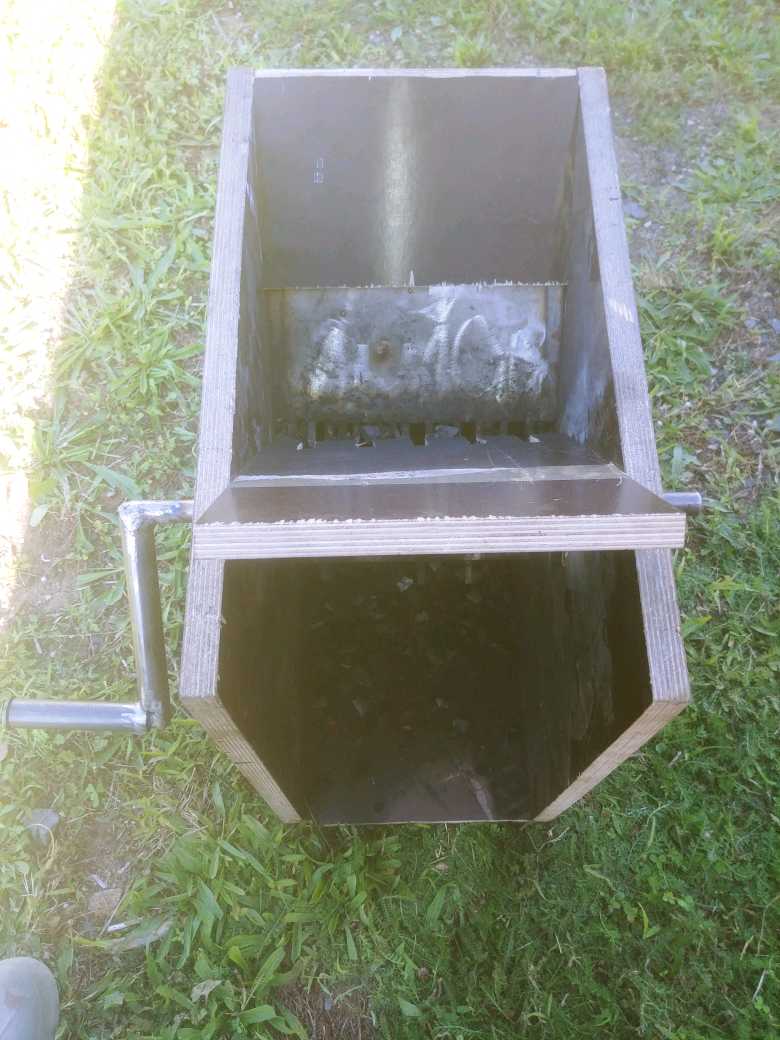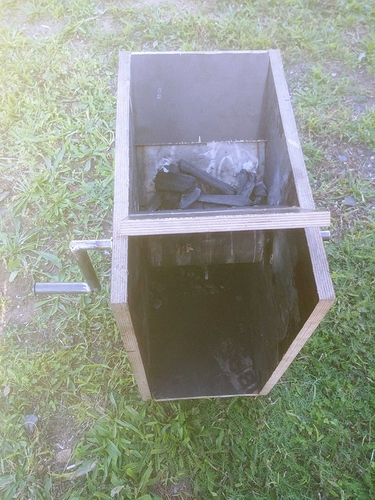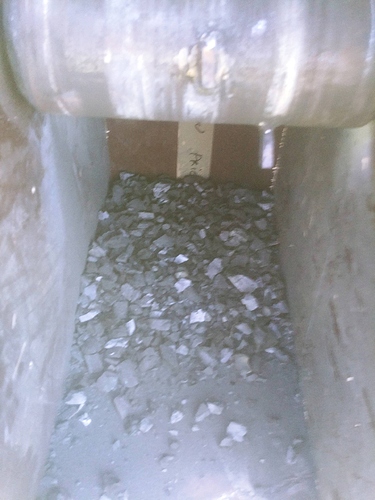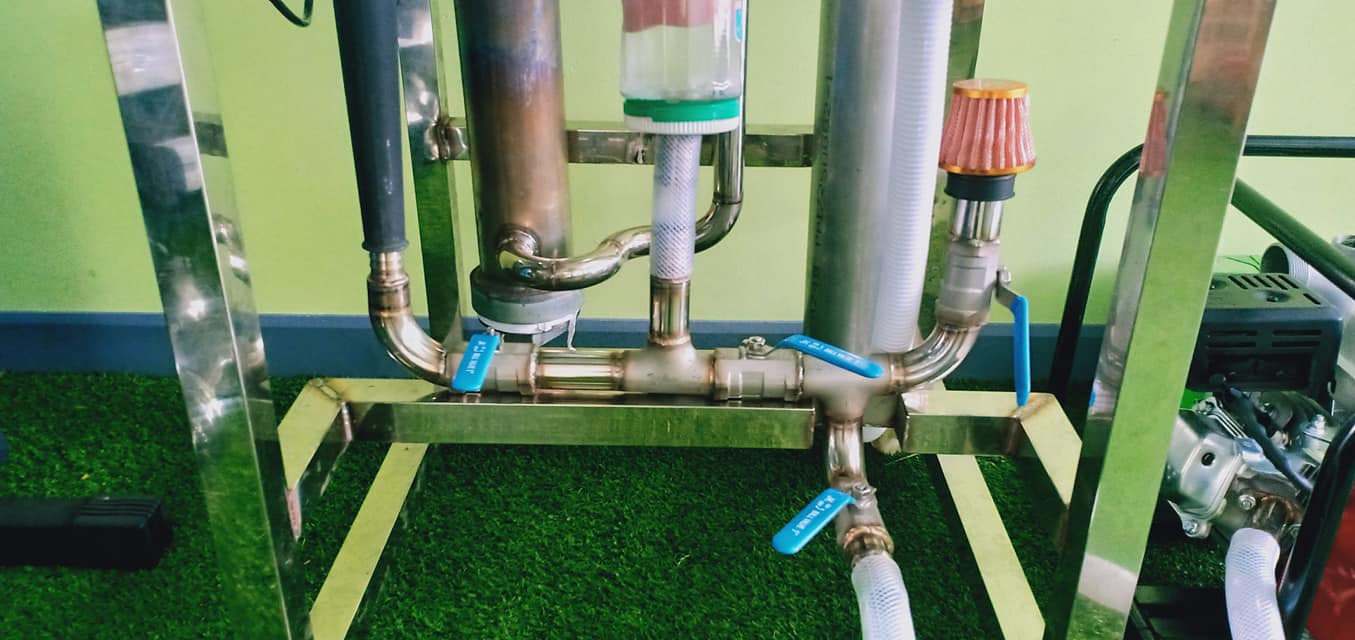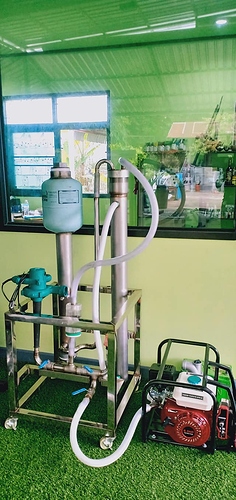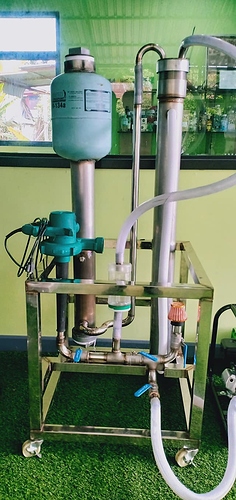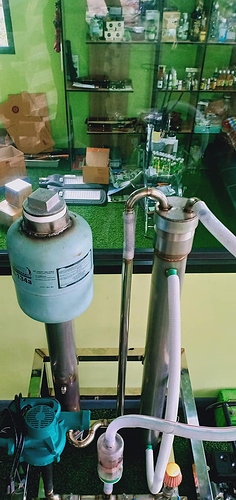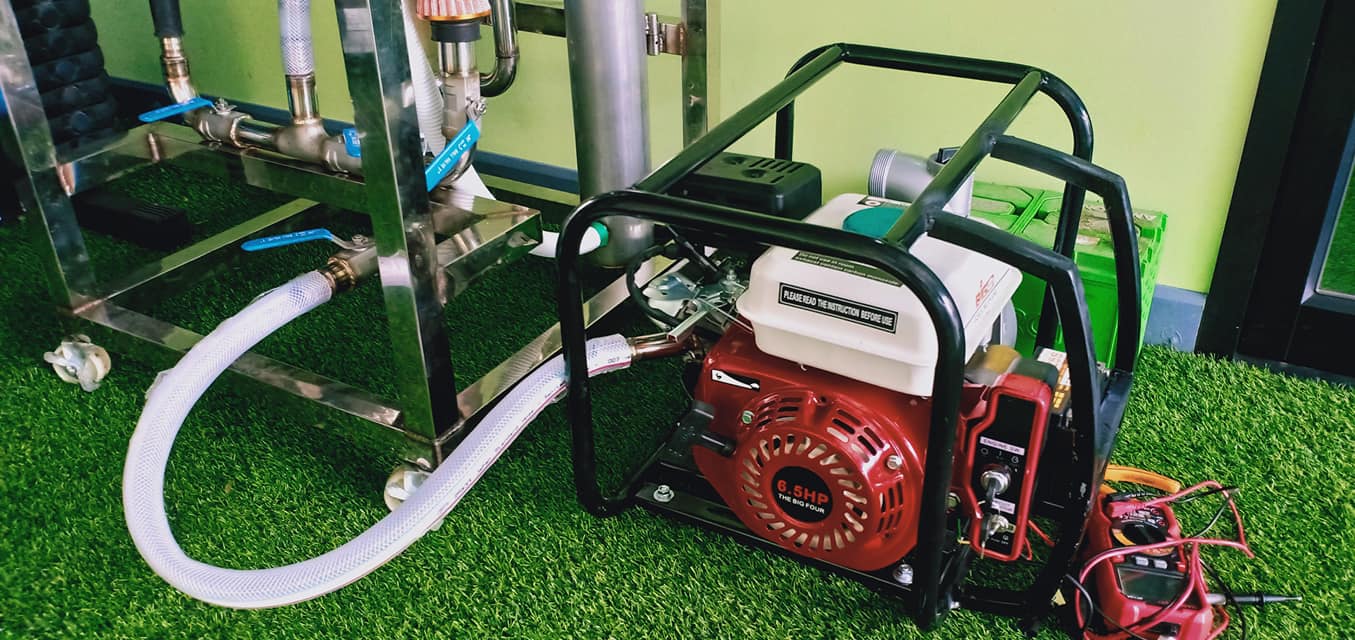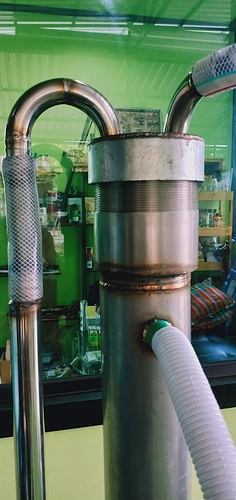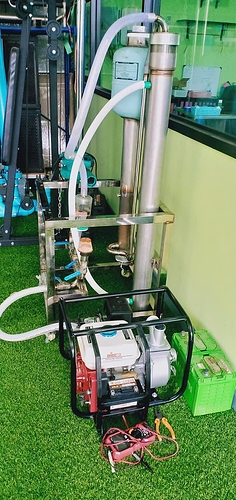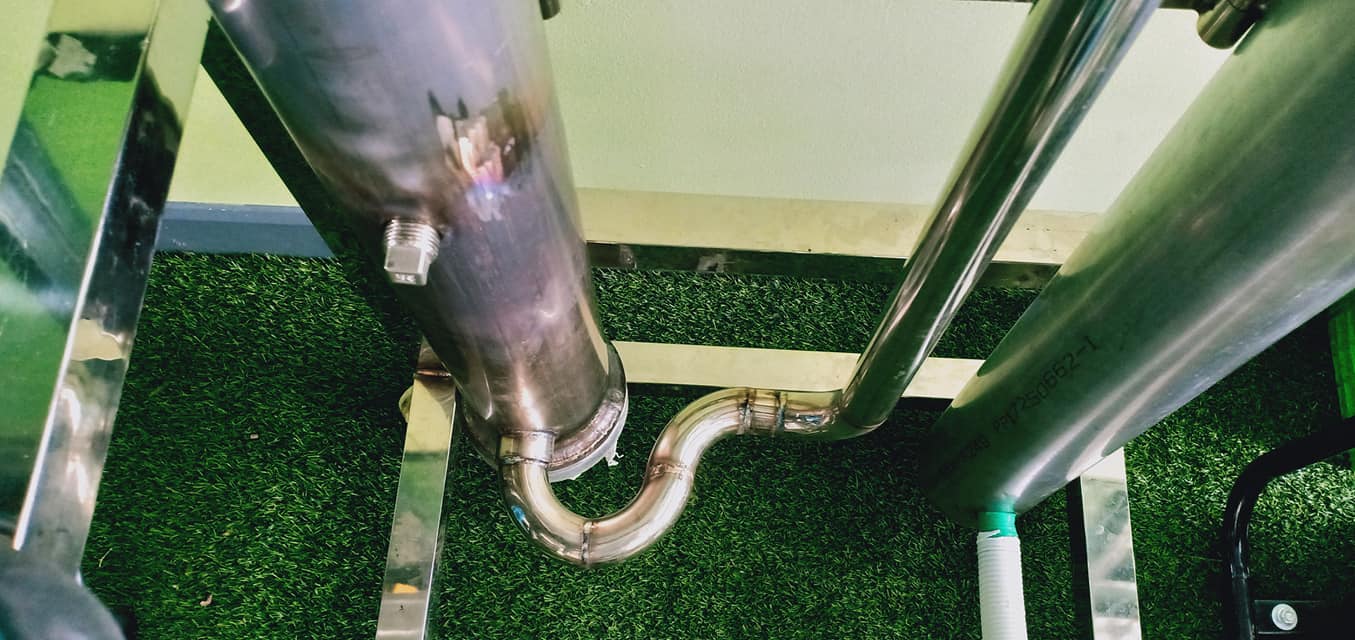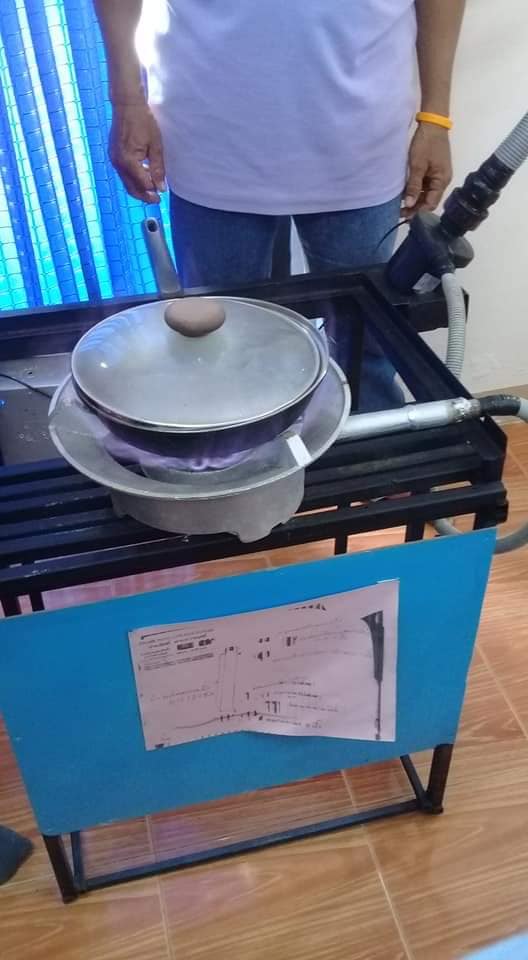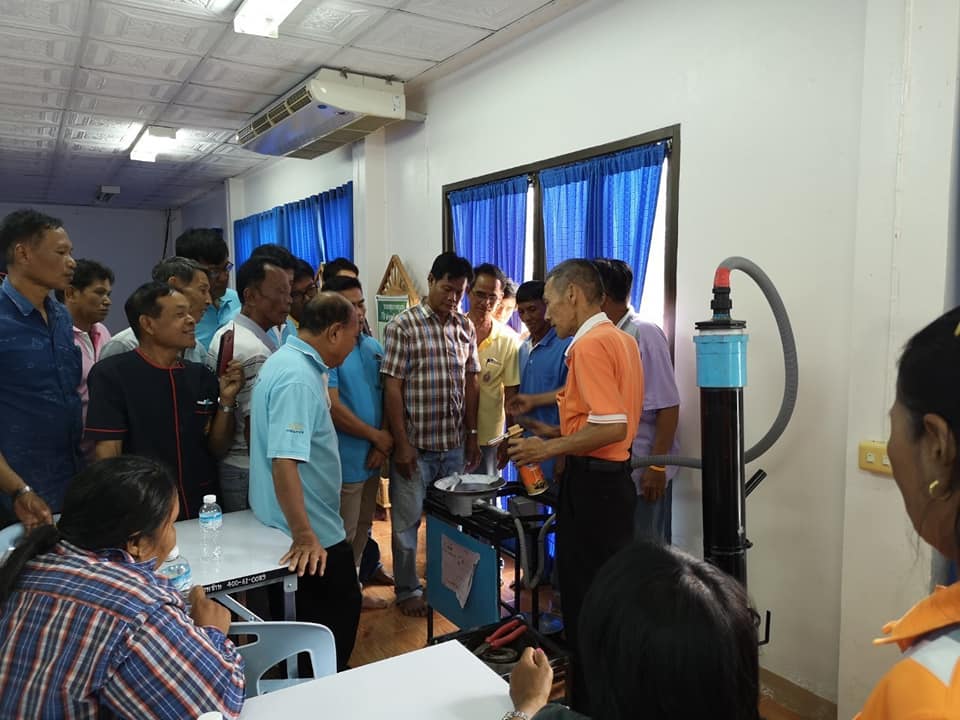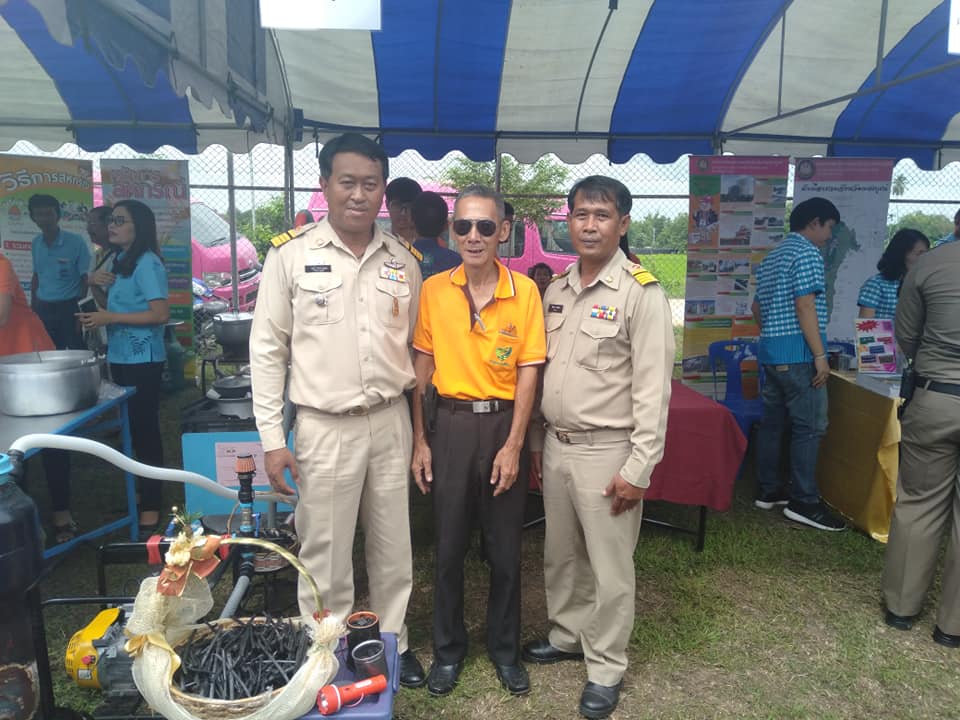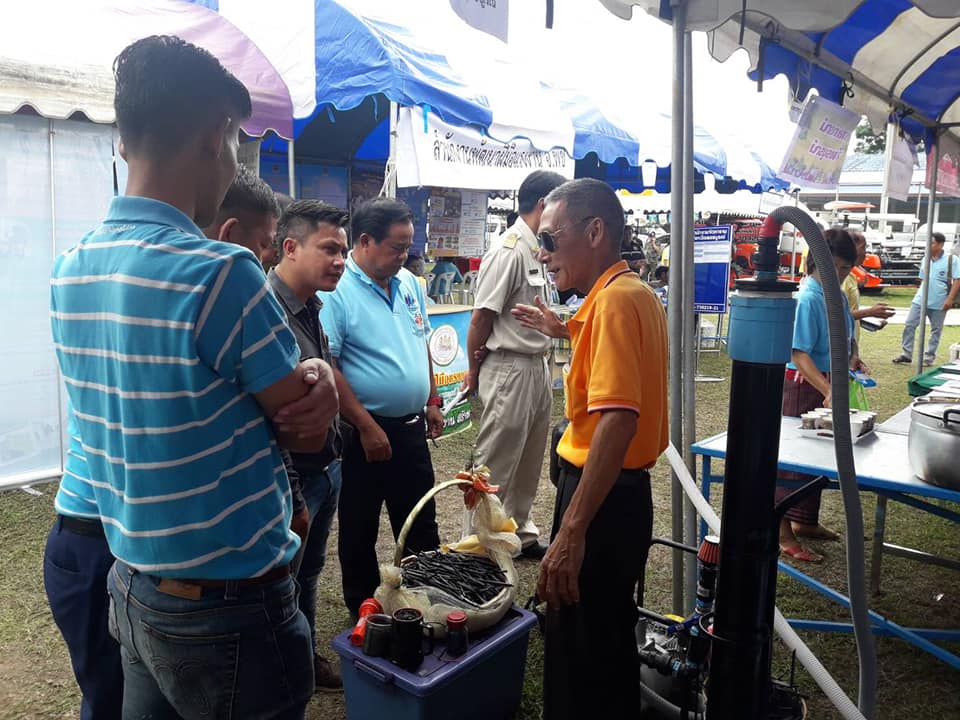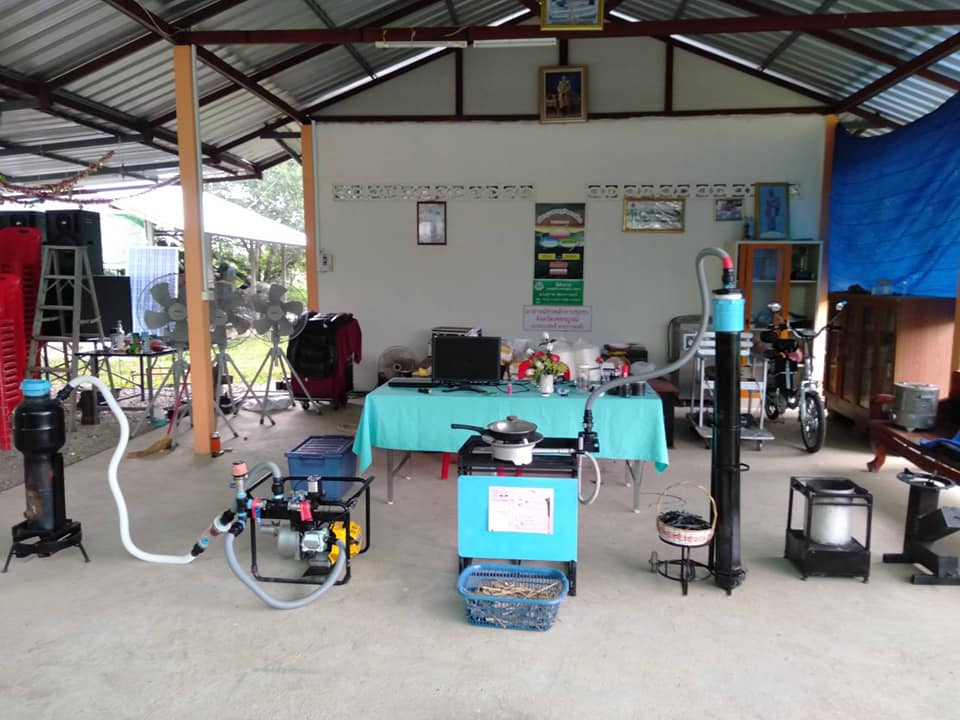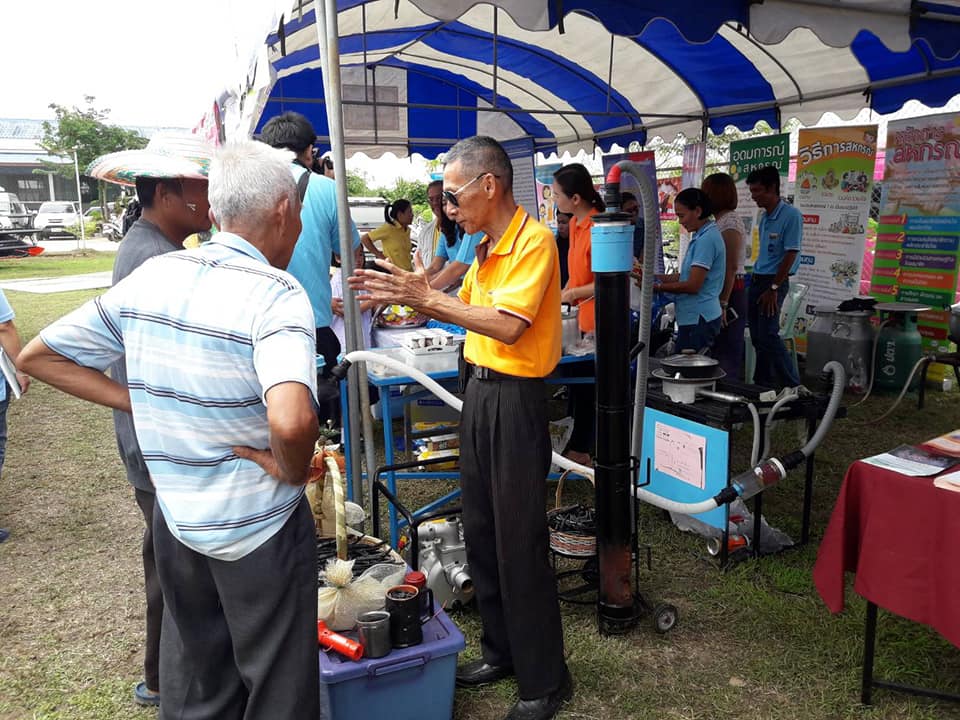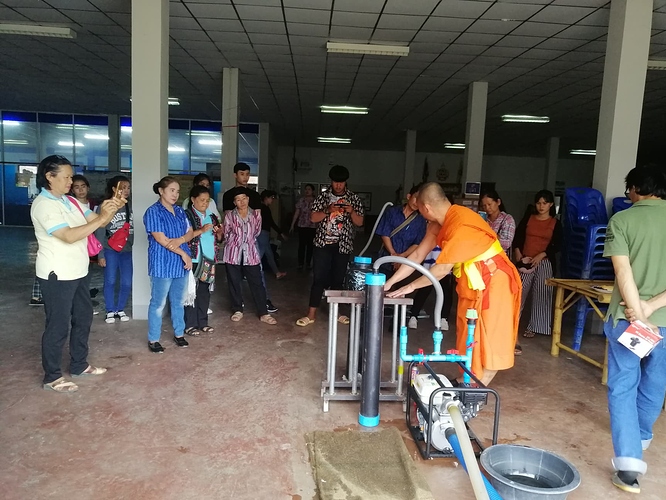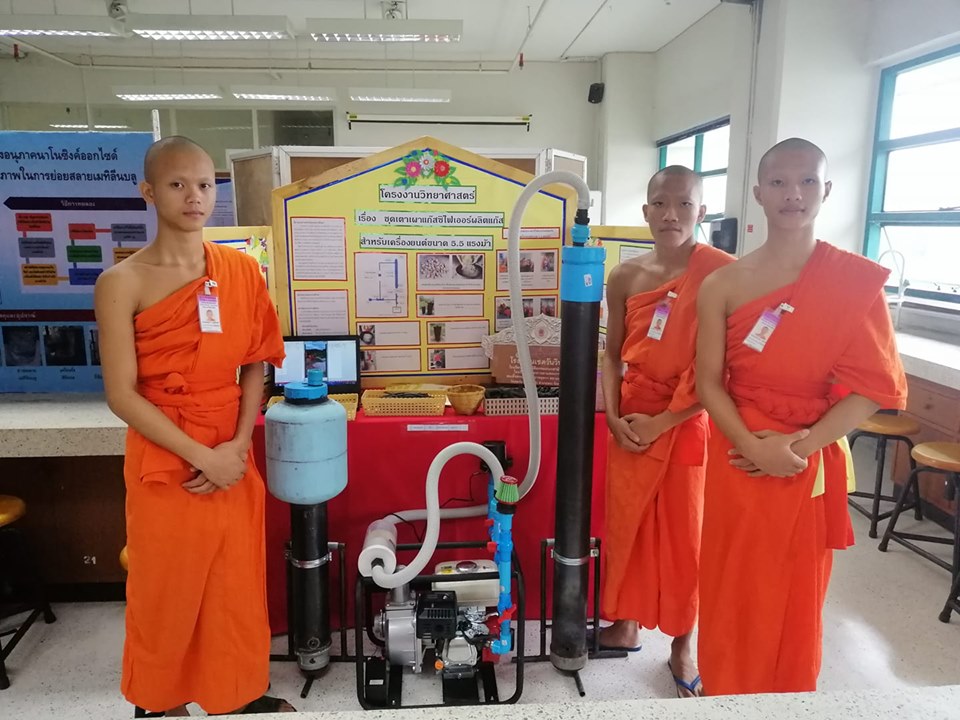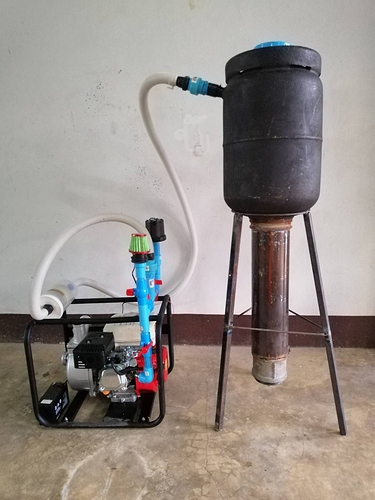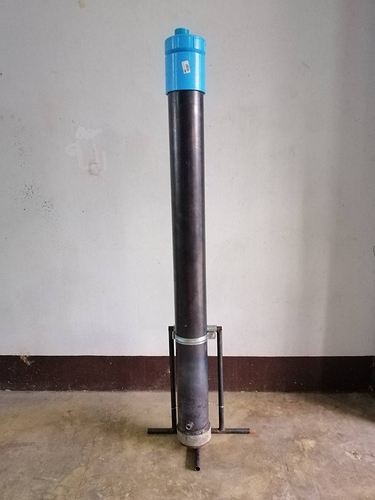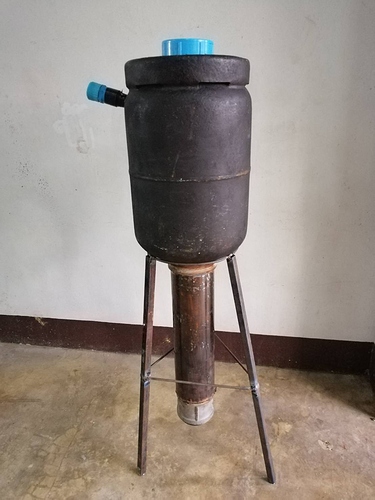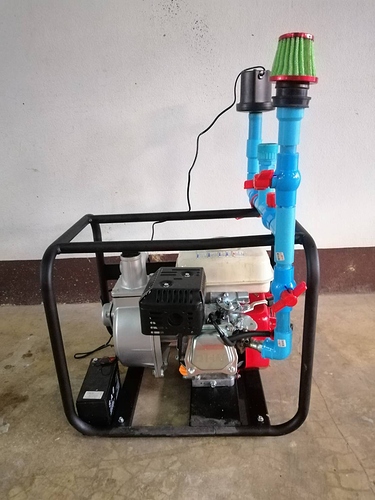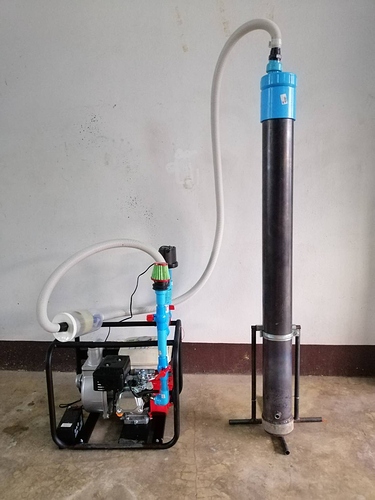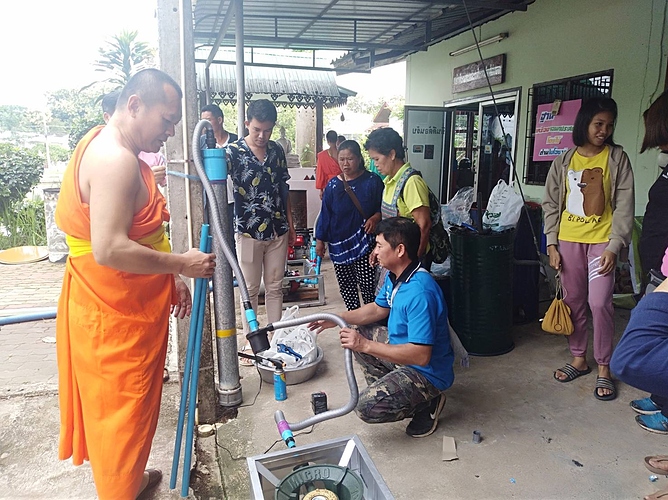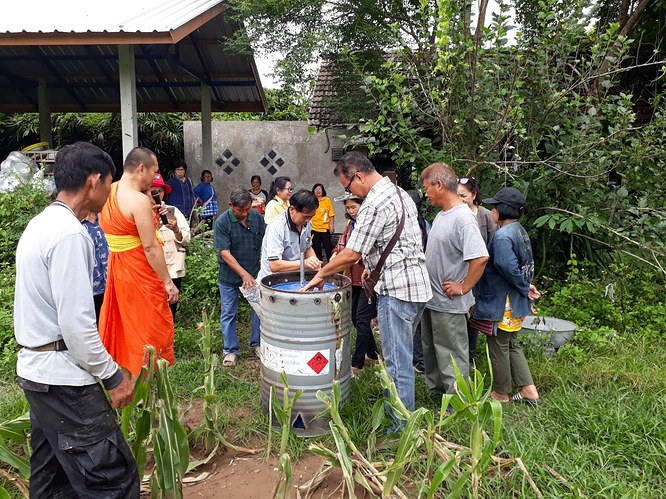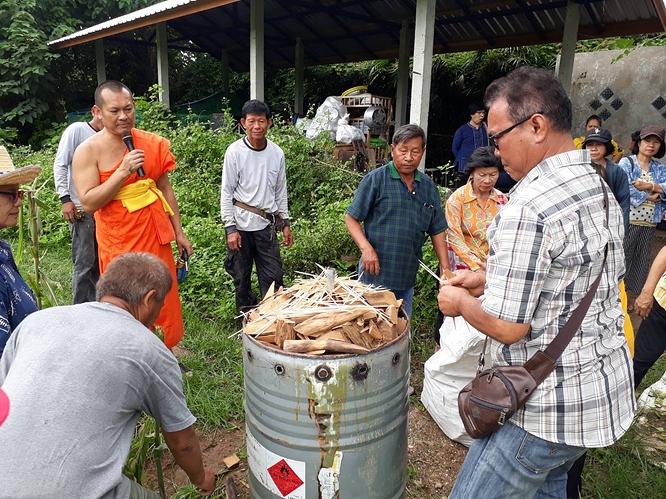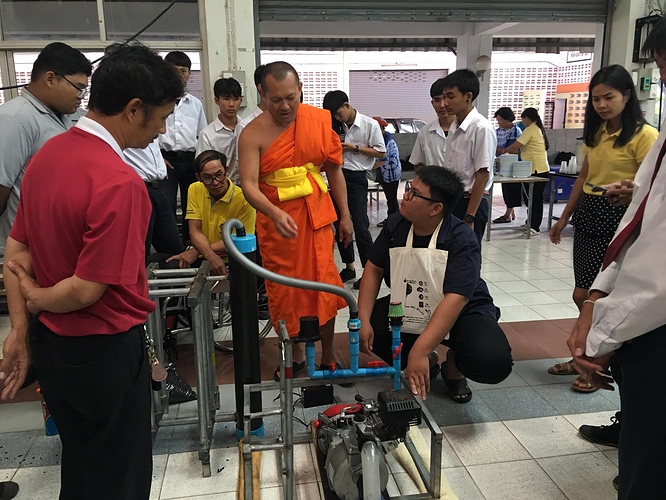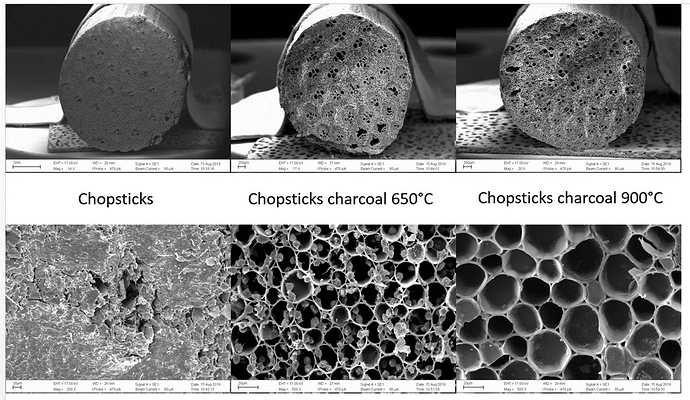As my column of gasifier is high, I made charcoal with a large grain size so that the passage of the syngas up is easy, by hand, good management of crushing can not be trops of fine . remains more than to do the volume of the charcoal column is one is testing
bonjour Francois
as tu abandonné ton projet de fabriquer de la carbonite ?
Thierry
wow in french,
good, the challenge of carbonite,
be between 10 and 13 mm in particle size,
to produce with a press of 400 admospheres, to use as little tar as possible, this lowers the cost price, but the groud must have become solid in the cold so as to be able to graze it in very fine particles, without the need for a trash of moisture, 10%, so a vase subject, at this moment I’m doing tests with paraffin, the charcoal grinder is a stage of the process of carbonite, but having an activity of employing researcher in a firm in duplicate, my time is running out.
Look at all the commotion one French man caused in Thailand. Great job raising interest. TomC
Allmost French 
Otherwise, what Tom said.
Yup, between France and Holland… They call it Belgium 

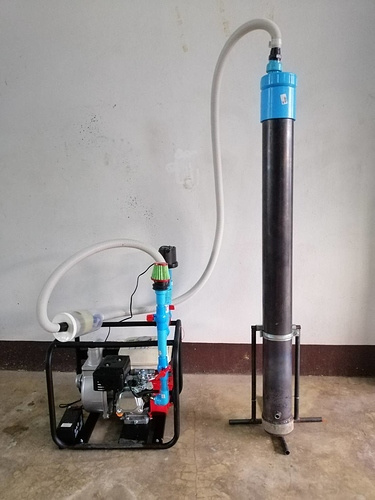
The clean simplicity of this gasifier grabbed my wife’s attention.
Koen, Perhaps you have done this before, but could you list a few of the advantages (and disadvantages?) of this tall narrow approach as opposed to shorter and larger diameter designs?
Although working a product where you can easily get dirty, I am admiring the cleanliness of this people and thank you Koen for these photos.
Just guessing here, but I imagine it mostly has to do with the availability of the pipe and relative ease with lack of lots of welding. I really like this design.
Hi Bruce, Billy,
The main advantage is the lesser amount of charcoal needed in the gasifier, specially for short run’s.
Second, the height above the nozzle is kept between 20 -24" to have a certain heatexchanging effect and keep the outgoing gas cool / ambient. Also the charcoal act as a kind of filter if some tar would be present and or as puffer for acids from Hydrogen and waterdrip.
The narrow size also brings a balance between descending fuel (cold) and the ascending gas (hot)
Also i keep an eye on the quality and size of the charcoal to have a good balance…
many more things i could try to explain, based on my experiences, i will try to touch some of that in clear understandable words, hopeful in the near future.
Low density charcoal behave’s different then hard dens charcoal.
You have the surface reaction, gasflow, speed of combustion…
I try to stick with this design however seen the nice idea’s from Jeff Davis, Francois Pal, Thierry, and some other Gary Gilmore style stuff, its a joy to work around so many things that seems always to work…
thanks GG for sharing the simple fire basics, without that input i would never found the right way i guess.
Billy, yes , the pipes are easy and available, so are most of the parts “off shelf”
Koen, I noticed the nozzle air come in from the side and not the bottom like in your original design. Do they have an elbow pointing up?
Koen do you speak of charcoal made from hard or soft wood? or do you refer to charcoal cooked indirectly vs. directly?
Thierry
KVL you will need to expailn the diffnences between a low density “activated Charcoal” versus a dense fuel-charcoal.
“Sponge” structured burnt-out charcoal; versus still solid cell walls charcoal.
I try to give the visualization words.
Ha! Then there is artist drawing charcoals! Willow tree wood making overlapping carbons plates. I think bamboo will make this too.
A northern California charcoal expert maker once told me there were five different grades/kinds he had demands for.
S.U.
Hi Steve
I did not know there were so many different types of charcoal. This would be an interesting subject to popularize
Hi All,
Trying to explain this in a “visible way”
Imagine the vertical pipe is filled with small chunks xxx
This xxx is either soft snow compressed in cubicles or plain ice.
Anything in between can be used in this exercise.
Now imagine a flow of air going from the bottom to the top , ascending thru the descending ice…
Picture yourself the difference between the soft snow cubicles and the full frozen ice…
If you keep the ascending flowrate at a constant volume rate, the speed however will be different (slower) with soft snow, vs faster with the hard cubicles made from ice.
the gas quality will be affected if there is no compensation with either the design of the reactor or with the airflow /gasflow.
It depends , in essence, on the surface of the carbon that can be “exposed” to the Oxygen molecules within a given time.
Where as the soft has more surface are that can be exposed within a smaller space, the hard cubicles has only the outer shell to react with the O2
( sorry for mixing up the analogy between carbon and ice at this point )
Again; picture yourself the soft snow and the hard ice…
To equalyse the effect: soft can be bigger then hard to have the same reaction speed
The key formula would be: xx amount of reacting surface area within a certain volume within a certain timeframe…
Hi Don,
No, they build with a small 15 mm pipe or opening, no special nozzle or not even a nozzle…
For me; as long as it works,… then why bother… 
if my opinion counts: 5+4 = 9, but so is 8+1,… Some will just copy, some will learn things and some of those will become teachers and even get smarter then me… And that is my purpose… make them smart…
